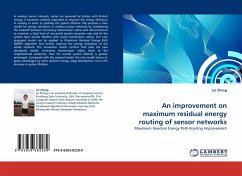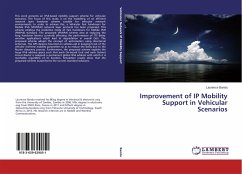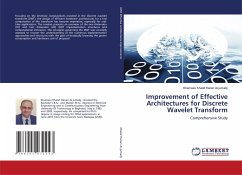In wireless sensor network, nodes are powered by battery with limited energy, it becomes critically important to improve the energy efficiency in routing in order to prolong the system lifetime. We propose a new model for energy utilization in wireless sensor networks by considering the tradeoff between increasing transmission radius and retransmission to maintain a high level of successful packet reception rate and let the system have shorter lifetime with usual transmission radius. Our new proposed model can be applied to Maximum Residual Energy Path (MREP) algorithm and further improve the energy utilization of the whole network. The simulation results confirm that with the new developed model, increasing transmission radius leads to the neighborhood extension, thus the overall system lifetime is greatly prolonged. Compared with the original model, the new model shows its great advantages by more uniform energy usage distribution, thus 22% increase in system lifetime.








